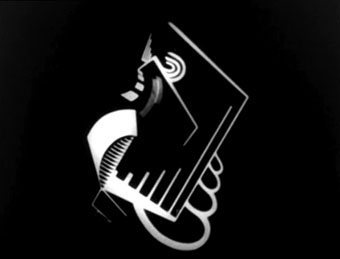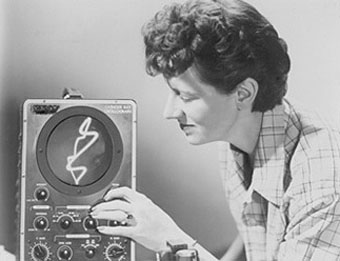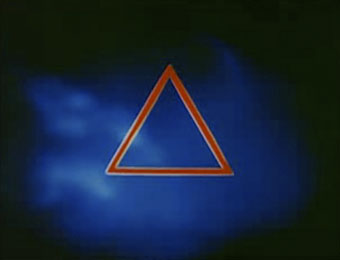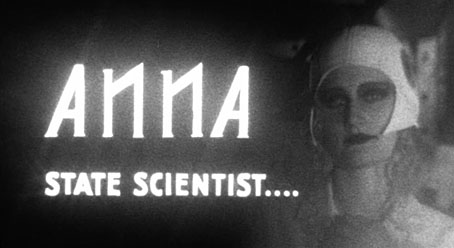This early piece of abstract cinema from 1924 is available for viewing in several locations—YouTube and Ubuweb have copies—but the best version can be seen at Europa Film Treasures. The film was originally silent so don’t feel too bad about watching with the sound off or with your own score to replace those which were added later.
Born in Sweden to a family of German origin, Viking Eggeling emigrated to Germany at the age of 17, where he became a bookkeeper, and studied art history as well as painting. From 1911 to 1915 he lived in Paris, then moved to Switzerland at the outbreak of World War I. In Zurich he became a associated with the Dada movement, became a friend of Hans Richter, Jean Arp, Tristan Tzara, and Marcel Janco. With the end of the Great War he moved to Germany with Richter where both explored the depiction of movement, first in scroll drawings and then on film. In 1922 Eggeling bought a motion picture camera, and working without Richter, sought to create a new kind of cinema. Axel Olson, a young Swedish painter, wrote to his parents in 1922 that Eggeling was working to “evolve a musical-cubistic style of film—completely divorced from the naturalistic style.” In 1923 he showed a now lost, 10 minute film based on an earlier scroll titled Horizontal-vertical Orchestra. In the summer of 1923 he began work on Symphonie Diagonale. Paper cut-outs and then tin foil figures were photographed a frame at a time. Completed in 1924, the film was shown for the first time (privately) on November 5. On May 3, 1925 it was presented to the public in Germany; sixteen days later Eggeling died in Berlin. For more on Eggeling see the book Viking Eggeling 1880–1925 by Louise O’Konor.
Elsewhere on { feuilleton }
• The abstract cinema archive






